PRESENTATION: Joris Van De Moortel-L’apocalypse excite les nerfs de la nef
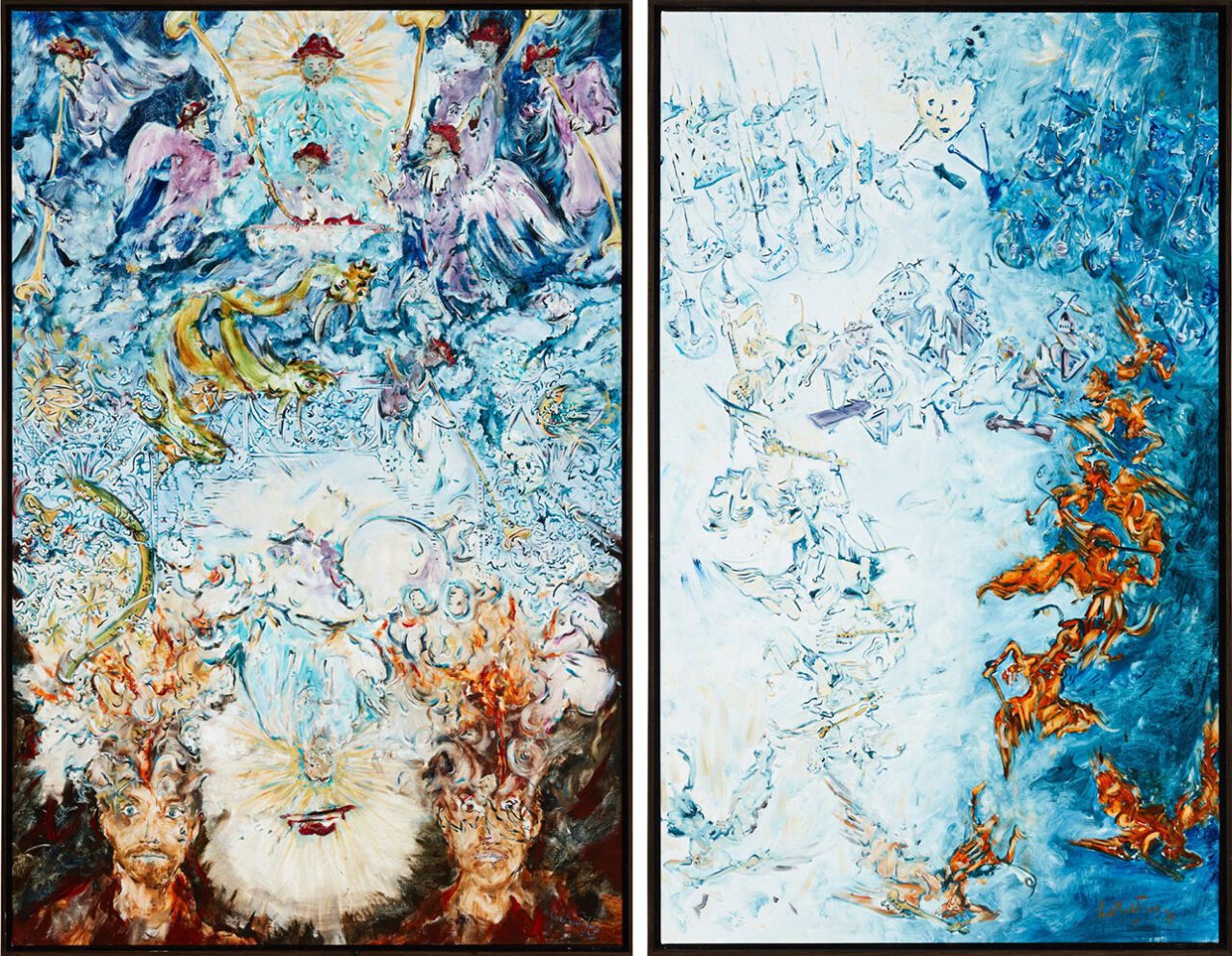 Joris Van de Moortel has been building his multidisciplinary oeuvre, which transcends borders and defies conventions, for more than 15 years. His studio is akin to a laboratory of the imagination, where he experiments with materials and ideas like a modern alchemist. While traditional alchemists seek eternal life and gold, Van de Moortel seems to be striving for a different kind of treasure: a path through the chaos of a rapidly changing world. At the same time, he remains true to the essence of art, knowledge and imagination.
Joris Van de Moortel has been building his multidisciplinary oeuvre, which transcends borders and defies conventions, for more than 15 years. His studio is akin to a laboratory of the imagination, where he experiments with materials and ideas like a modern alchemist. While traditional alchemists seek eternal life and gold, Van de Moortel seems to be striving for a different kind of treasure: a path through the chaos of a rapidly changing world. At the same time, he remains true to the essence of art, knowledge and imagination.
By: Efi Michalarou
Photo: Galerie Nathalie Obadia Archive
Joris Van de Moortel draws inspiration from Albrecht Dürer’s “Apocalypse”, a series of 15 woodcuts created between 1496 and 1498, depicting scenes from the Book of Revelation, the final book of the New Testament and invites the visitors of his solo exhibition “L’apocalypse excite les nerfs de la nef” on a journey into the heart of the Apocalypse and the human condition, exploring themes of destruction and rebirth through a deeply personal artistic language. For more than twenty years, Joris Van de Moortel has developed a dynamic and diverse body of work. His paintings, watercolors, drawings, videos, sculptures, and models-often presented as substantial installations-are sometimes marked by his signature rendered in neon light. All of the artist’s works come to life during his performances, which are often musical and incorporate hybrid elements such as wax, fire, and glass. This diverse range of practices imbues his work with a spiritual dimension, akin to that of an alchemist. Like this figure, he embraces an approach of continual exploration and discovery. Large oil paintings inspired by Albrecht Dürer’s series of apocalyptic engravings, a series of watercolours that draw on the work of painter and printmaker William Blake, a video set in a phantasmagorical universe, neon guitars, and self-portraits engulfed in flames all arise from his explorations. Joris Van de Moortel seeks to navigate the chaos of the contemporary world. The artist draws inspiration from the works of his predecessors, updating them for our contemporary context while integrating personal references. His interpretations of “The Temptation of Saint Anthony” by Jan Brueghel the Elder stand alongside works referencing Dürer’s “Apocalypse and the poems of William Blake. The English painter, whose utterly unique geni”us was considered madness at the start of the 19th century, sought to redefine the dichotomy between good and evil. In his famous poem “The Marriage of Heaven and Hell”, William Blake explores the vital energy and desire that arise from Hell, contrasted with the Reason that emanates from Heaven. He rejects the religious dualism of Body and Soul, celebrating the reconciliation of opposites to reveal the greatness of humanity. For him, each element must be bound to its antagonist, like the two sides of the same coin. The current exhibition reflects on this duality, with Joris Van de Moortel going so far as to depict The fall from both heavenly and earthly perspectives works of the same format that interact like the two poles of a magnet. In this new body of work, Joris Van de Moortel continues his exploration of binary oppositions, as evidenced by his ongoing reflection on the mythological figure Marsyas², a theme he delved into extensively during his last solo exhibition in Paris. By revisiting this figure across time, the artist portrays himself as both satyr and God, victor and martyr, to underscore the complexity of human existence. The myth of Marsyas also allowed the artist to reflect on the process of flaying: a brutal way of gaining access to a being’s interior, either as punishment or as an object of clinical study, shrouded in secrecy³. Joris Van de Moortel appears to continue this exploration in a large-scale self-portrait, in which his own skull is flayed alive, depicted in a state of full ebullition. The work “Mijn hoofd is een zieke vulkaan” (My Head is a Sick Volcano) embodies the crossing of a threshold that separates the viscera from the epidermis, and by extension, the body from the mind, offering a glimpse into the mysteries of the human condition.
Photo left: Joris Van De Moortel, The sound of the 7 horns, an apocalypse of many (inspired by A Durer’s serie on the Apocalypse, 1498) , 2023, Oil on linen and artist’s wooden frame, Framed : 234 x 154 x 4,5 cm (92 1/8 x 60 5/8 x 1 3/4 inches), © Joris Van De Moortel, Courtesy the artist and Galerie Nathalie Obadia. Photo right: Joris Van De Moortel, The fall (côté sol), 2023, Oil on linen and artist’s wooden frame, Framed : 204 x 124 x 4,5 cm (80 5/16 x 48 13/16 x 1 3/4 inches), © Joris Van De Moortel, Courtesy the artist and Galerie Nathalie Obadia
Info: Galerie Nathalie Obadia, 8 rue Charles Decoster, Brussels, Belgium, Duration: 24/10/2024-11/1/2025, Days & Hours: Tue-Sat 10:00-18:00, www.nathalieobadia.com/
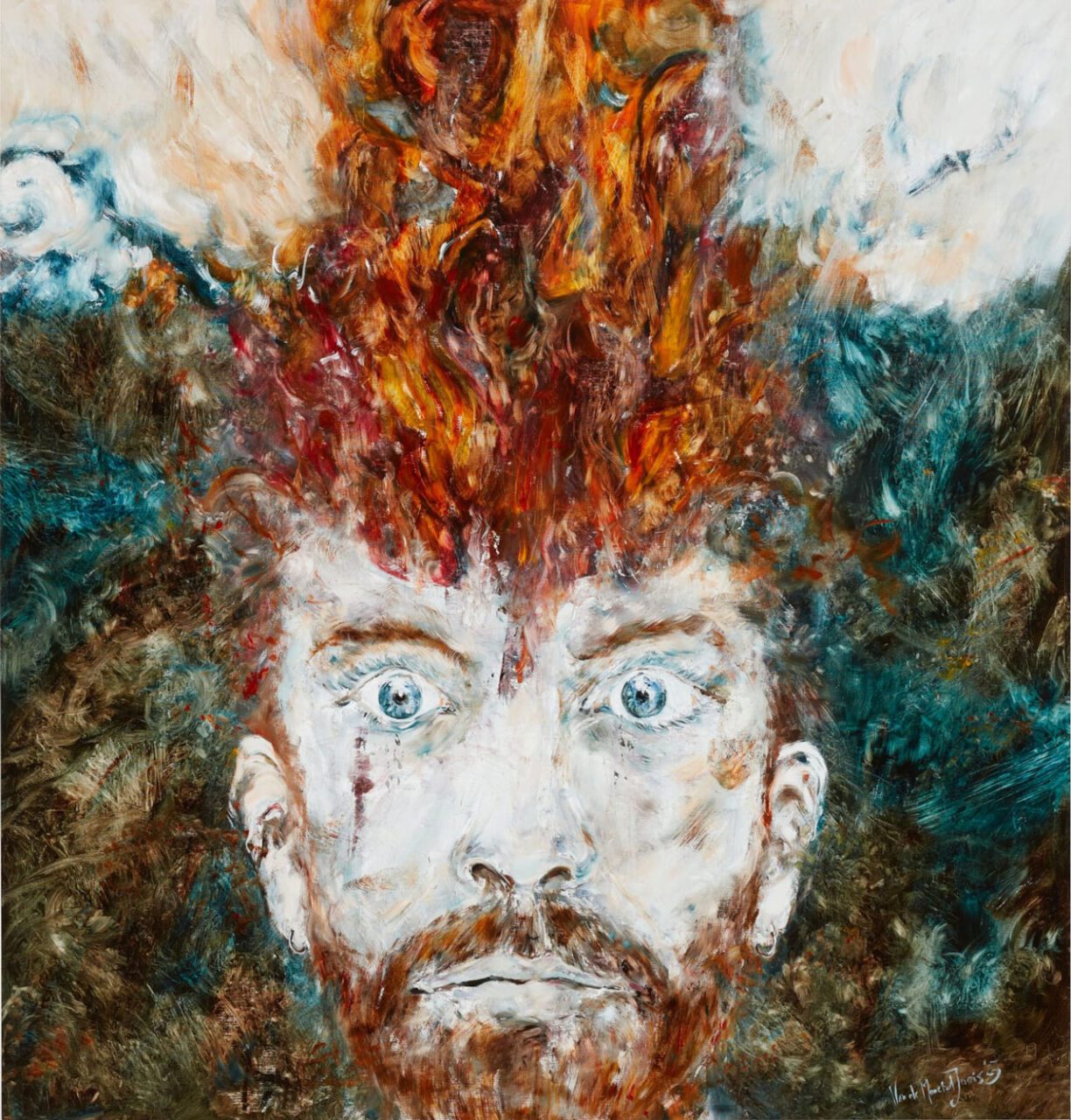
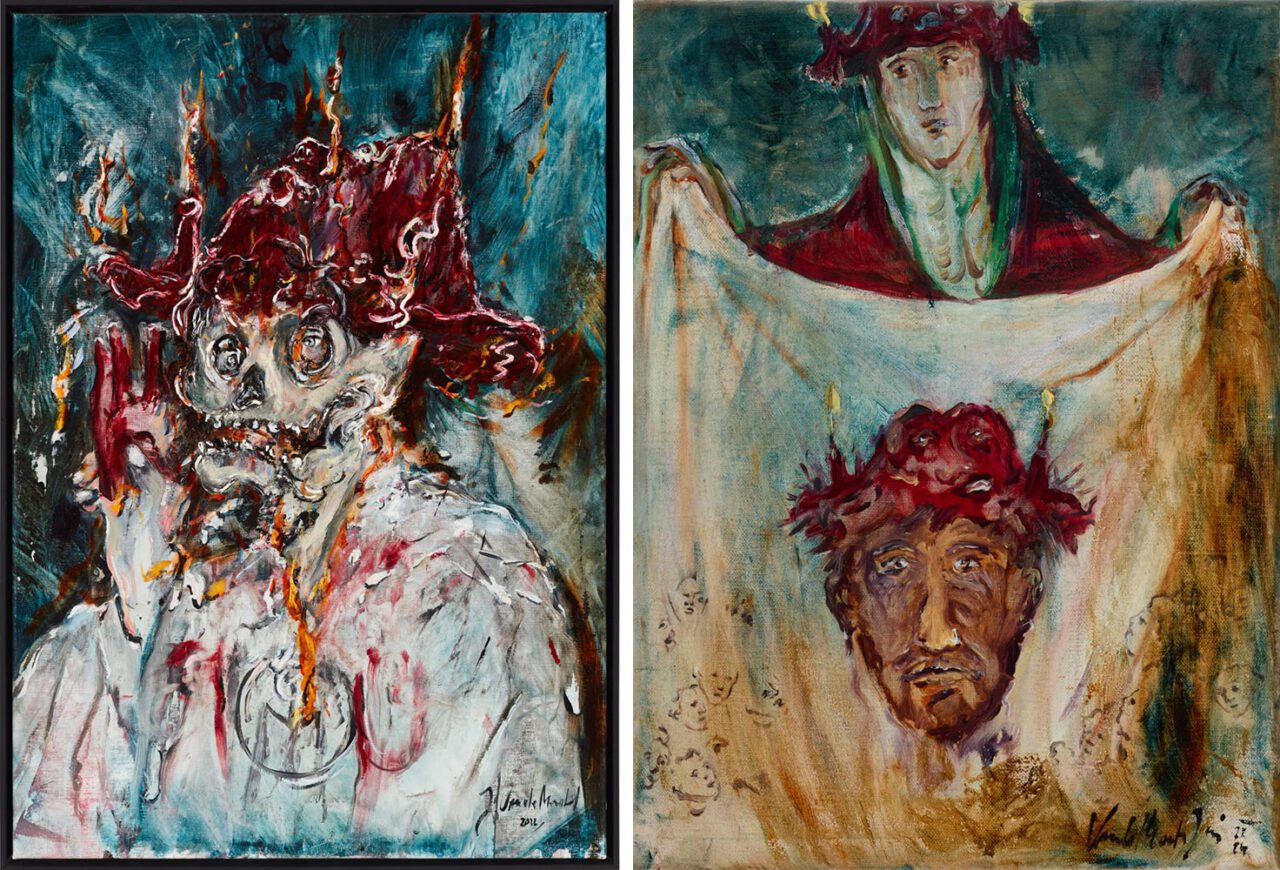
Right: Joris Van De Moortel, Blood, sweat and tears (Veronica) , 2023, Oil on Linen, 40 x 30 x 1,5 cm (15 11/16 x 11 3/4 x 0 9/16 inches) , © Joris Van De Moortel, Courtesy the artist and Galerie Nathalie Obadia
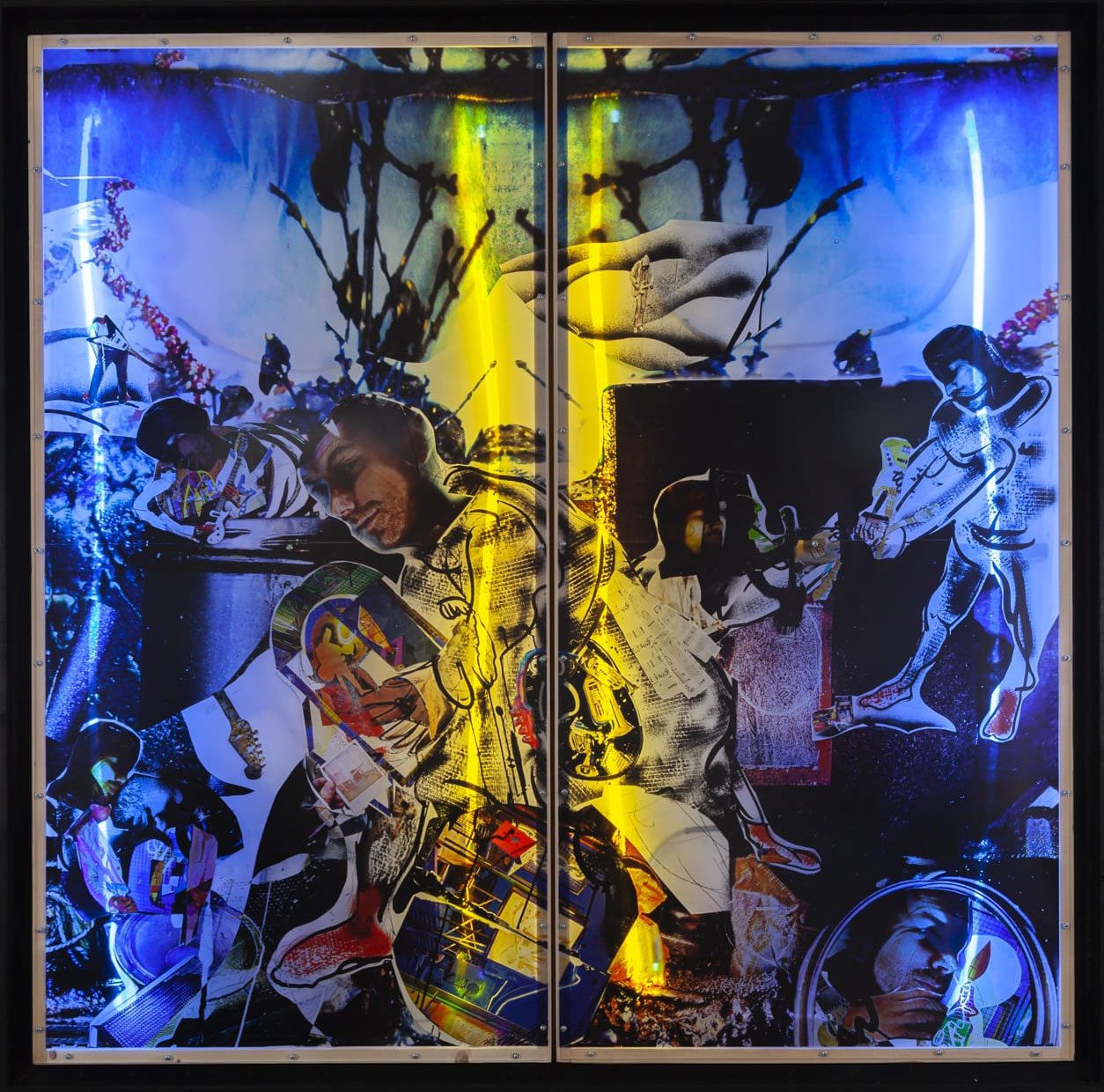
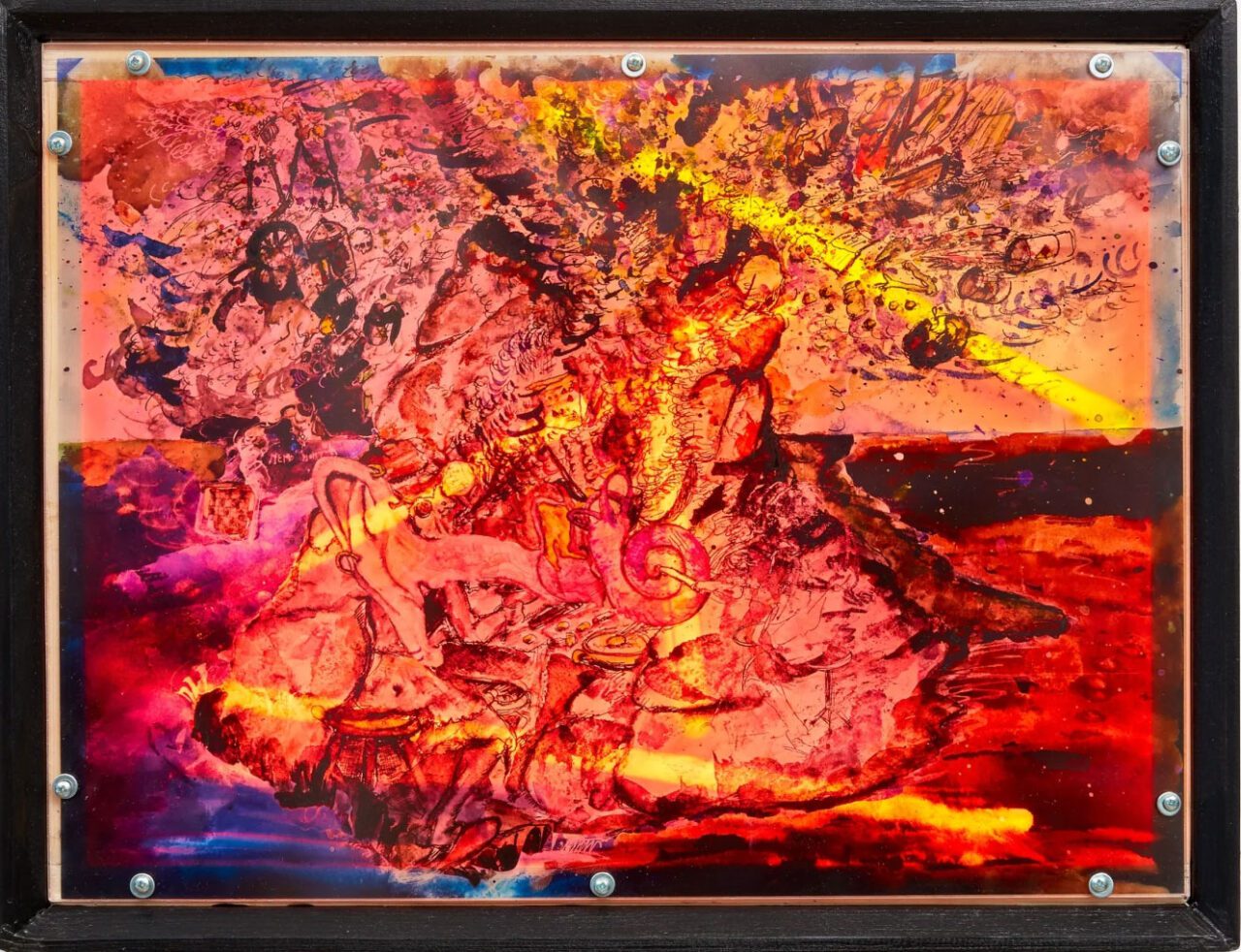
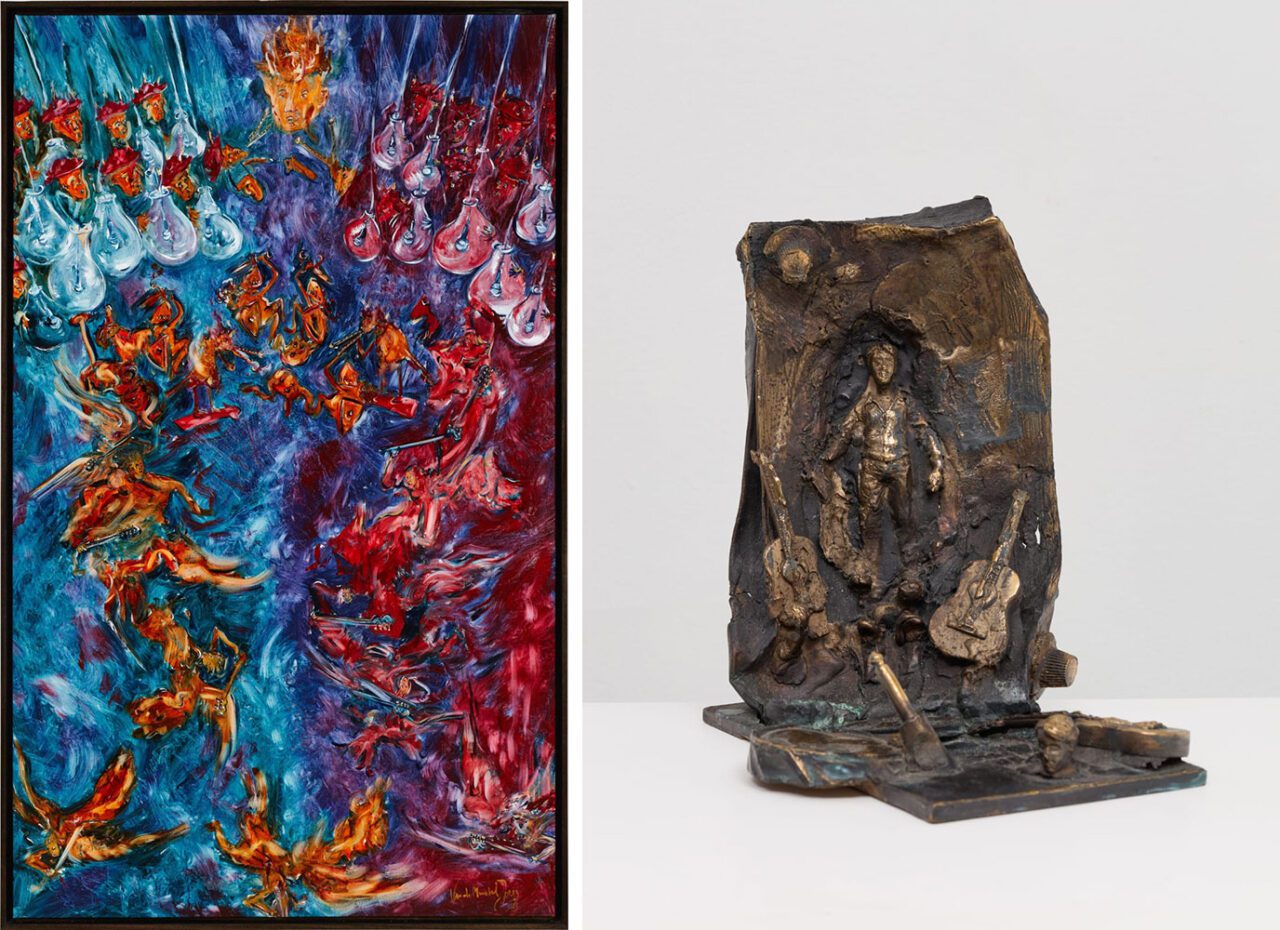
Right: Joris Van De Moortel, Shrine 2, 2023, Bronze – Unique edition, © Joris Van De Moortel, Courtesy the artist and Galerie Nathalie Obadia
